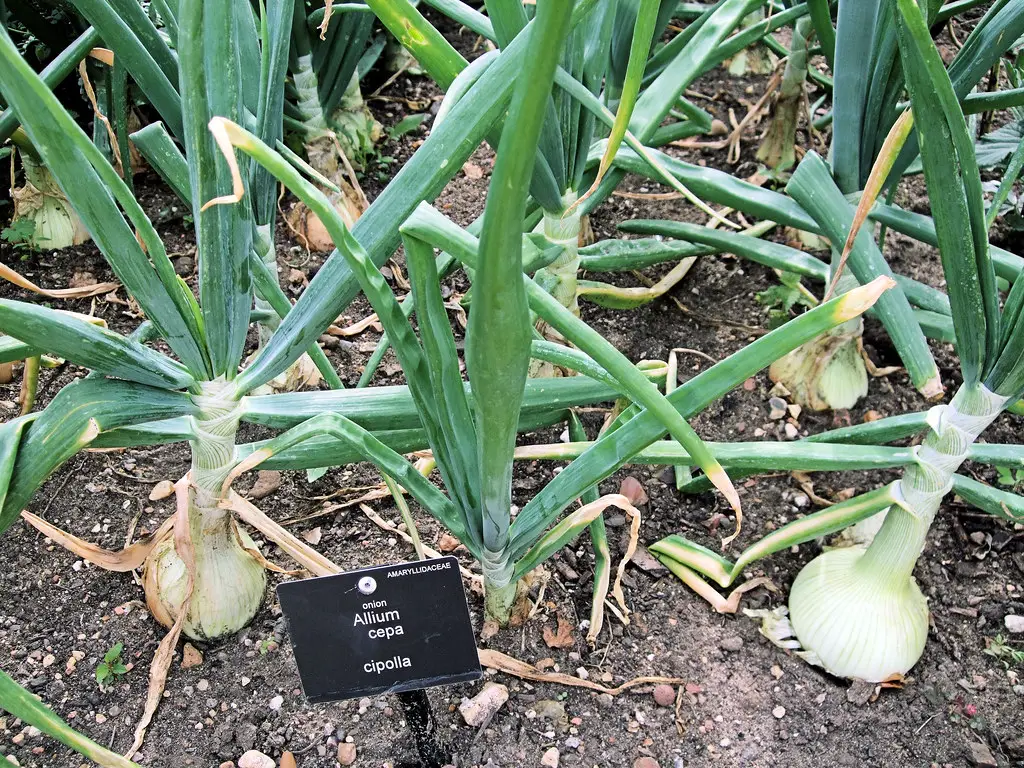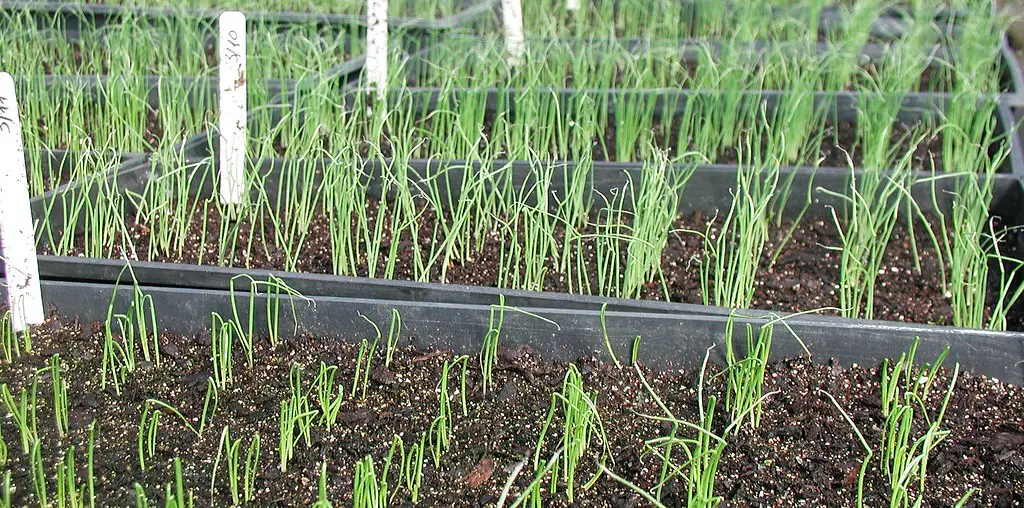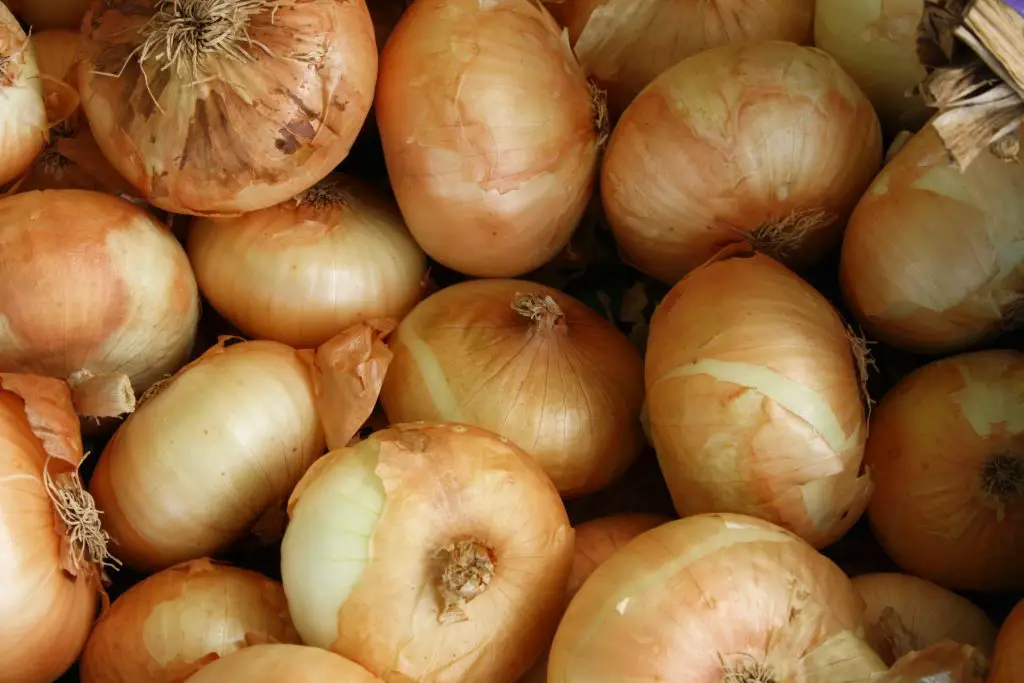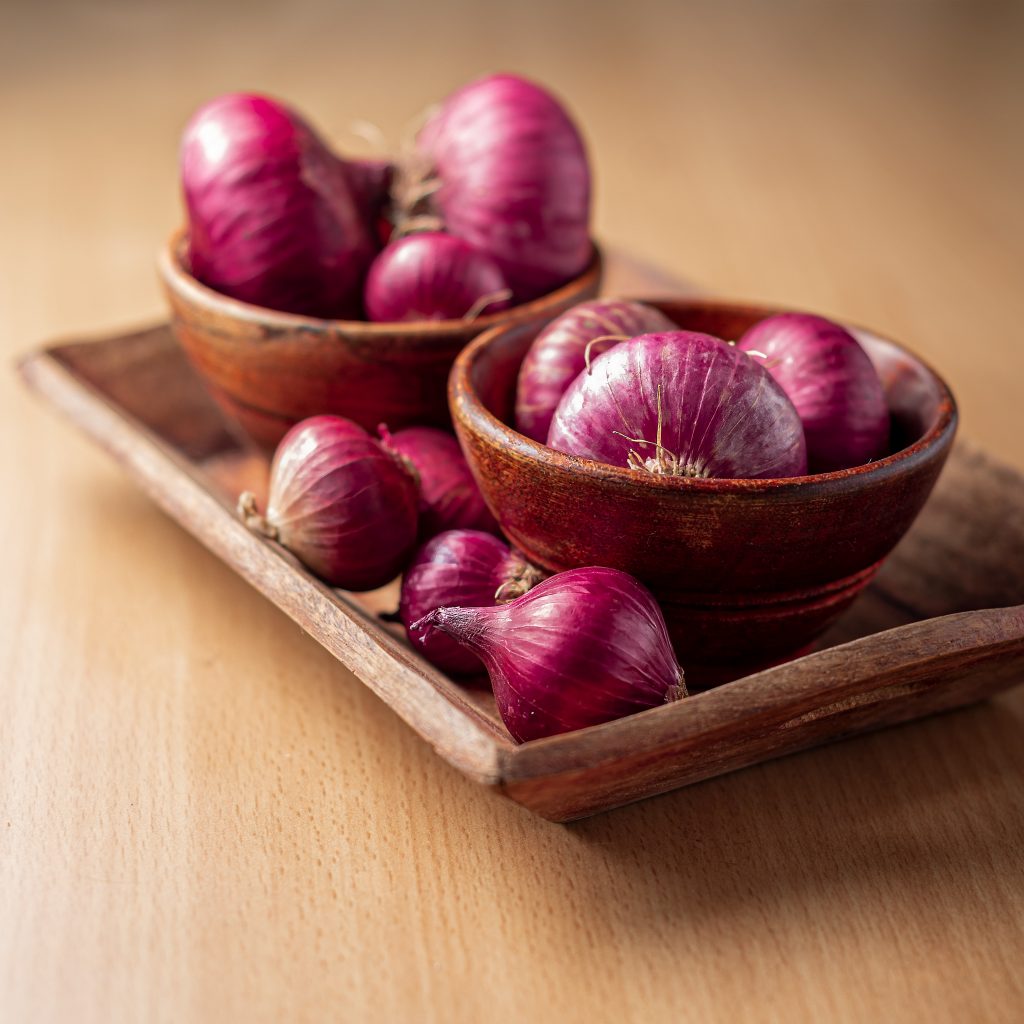Is It Too Late To Plant Onions? Onions are one of the most widely used vegetables in the garden and are relatively easy to grow at home because they are tolerant of a wide range of temperatures, once you have them, they store very well for long periods of time making them very worthwhile to grow. However, one of the common questions that beginner gardeners ask is is it too late the plant onions?
Onions are a vegetable that can be grown pretty much any time of the year, however, the limiting factors that will affect the size of the yield is the number of daylight hours that you have. Onions require a certain number of daylight hours to trigger the formation of bulbs which is dependent upon the specific variety that you have. If there are insufficient hours of daylight the formation of bulbs will on not occur.
Onion varieties can be divided up into short, mid, and long-day varieties which indicates the amount of daylight per day that is required to allow the formation of bulbs to happen. Short-day varieties require around 12 hours of daylight, whereas mid varieties typically require 14 hours and long day varieties require around 16 hours.
So if you are in a period of the year where you have less than 12 hours of daylight per day bulb formation will not occur unless you provide an additional light source.

When Is The Best Time To Plant Onions
Generally, onion seeds are planted in either autumn or winter or even very early spring prior to the first Frost. The precise timing of when the seeds are planted is largely dependent upon the specific climatic conditions in which you live. If you live in a region that has extremely cold winters then generally onion seeds tend to be planted indoors and midwinter ready to be planted out into the garden as soon as the weather improves a little bit.
However, in regions that have mild winters, it is possible to sow onions in autumn and they can sit in the garden throughout the winter until daylight hours improve and plants begin to produce bulbs.
To get a reasonable crop out of your onions during the warmer seasons about the latest we would recommend that you plant seeds is in midsummer as this usually provides enough time for the plants to create reasonable-sized bulbs making the harvest worthwhile.

How To Grow Onions
As mentioned earlier in the article onions are relatively easy to grow as they are extremely tolerant of low temperatures and will germinate at temperatures close to freezing though the rate of germination is extremely slow at low temperatures.
Onion seeds can be planted directly into the garden, however, I generally recommend planting them in seed trays as it is easier to control the conditions. Providing warmer conditions will accelerate the growth rate substantially and it will also ensure that you minimize the amount of time the onions spend in your garden which is advantageous because it allows other things to be growing at the same time.
To plant seeds in seed trays start by filling it with good quality seed raising mix and firming the mix into the individual cells within the seed tray to form solid plugs as this will make it easier to transplant the seedlings later on.
When sowing the seeds we recommend that you put 5 to 6 seeds in each cell at a depth of approximately a quarter of an inch. The recommendation of putting in 5 to 6 seeds per cell is generally higher than what you will see from any other gardening websites but the reason for this is that onions are a vegetable that lends themselves to a technique known as multi-sowing.
Multi-sowing is when you grow seeds in clumps rather than as individual seedlings. This technique has several advantages which are that it is faster to transplant seeds, easy to maintain, and will produce similar yields with less work.

The seedlings are faster to transplant into the garden simply because every time you make a planting hole you are planting 4 to 5 seedlings per clump which will generally speed up the process. Secondly, because you have many seedlings in close proximity there is a tendency to space the clumps further apart which does make maintenance of the garden beds easier because you can use a dutch hoe rather than hand weeding.
In terms of yield typically you can get at least a similar amount of onions in this way, however, it is important to note that the number of seedlings in a clump is typically limited to approximately 4 to 5 as larger numbers of seedlings will result in a reduction in the size of the bulb.
Once the seedlings have been planted into the seed tray the soil needs to be kept moist and the onions will typically take 10 days to appear and will need to spend at least 6 weeks in the seed tray before they can be planted head into the garden. However, because of the relatively thin growing habit of onion seedlings, they can spend significantly longer in the seed trays without negatively affecting them.
Planting Onion Seedling Into The Garden
Once the onion seedlings a large enough they can be planted out into the garden, however, we recommend that you do not do this until the weather is starting to warm up as the growth rates of the plants will be extremely slow if temperatures remain relatively cold.
In terms of location ideally, onion seedlings should be planted in a warm sunny location that has rich moist, and free-draining soil with plenty of nutrients. If you are unsure about the quality of the soil we recommend that you add a bag of compost before planting seedlings.
Once the seedlings are in the ground very little maintenance is required as the plants are not very susceptible to attack by pests and generally will sit there doing their own thing in your garden. The only thing to consider is ensuring that the plants get enough moisture during hot dry spells to continue to grow.

Harvesting Onions
Onions can be harvested at any stage throughout the growing cycle and used within the kitchen either as spring onions, small bulbs, or fully mature bulbs. However, if you want to maximize the size of onions you get out of your garden then it is important to let the plants grow to full maturity.
Onions will continue to grow and the bulbs will continue to increase in size while there are green shoots coming from the top of the onion however once these green shoots begin to brown and sometimes even collapse then the onions have reached their maximum size and will not get any larger. It is therefore advisable to bring the onions indoors and store them for later use.
To ensure that you don’t have issues with mold onions need to be cured in a dry location for approximately 1 to 2 weeks which ensures that the outer skins become dry and paper-like. Once the onions have reached this point they then can be stored in a cool dark location for many months until you’re ready to use them.
I hope you found this article useful and have great success growing your onions at home in your own garden, if you have any additional comments or questions please leave them in the section below,
Relevant Articles
Do Onion Seeds Need Light To Germinate?
How Long Does It Take For Onion Seeds To Germinate? How Does Temperature Affect It?
Can You Eat Onions Straight From The Garden?
Is An Onion A Root Or Stem? What Part Of The Plant Are We Eating?
